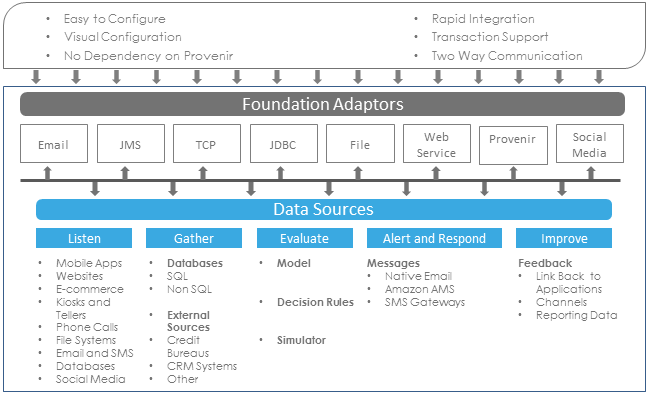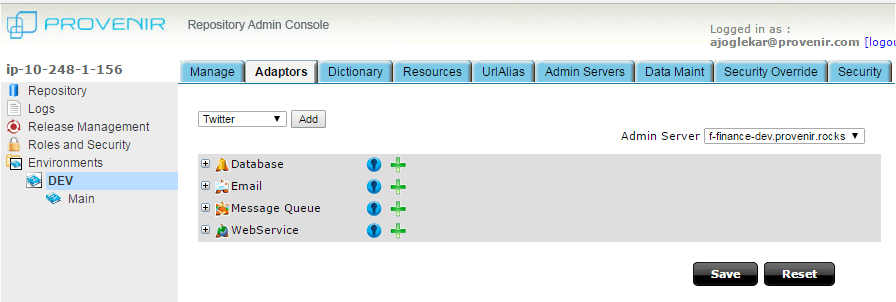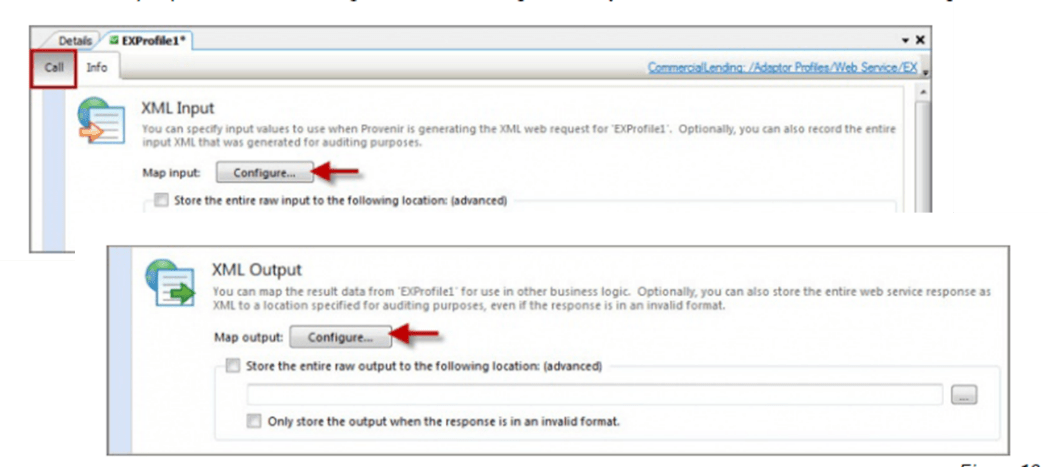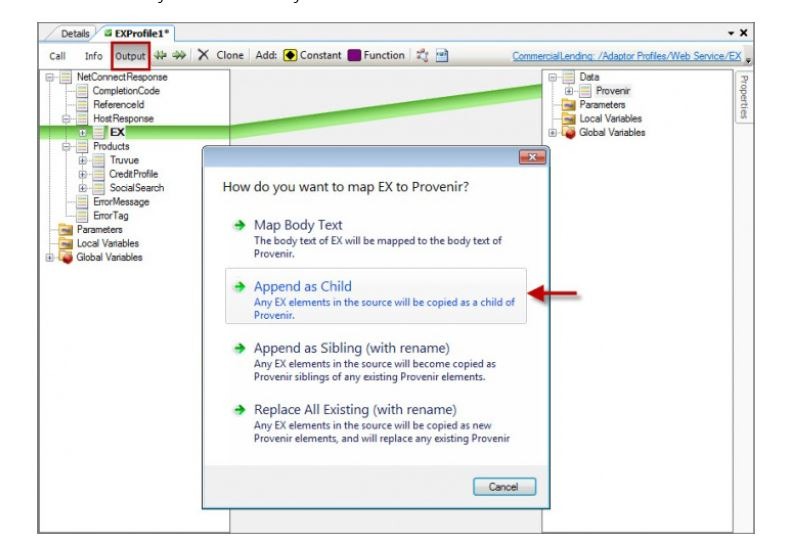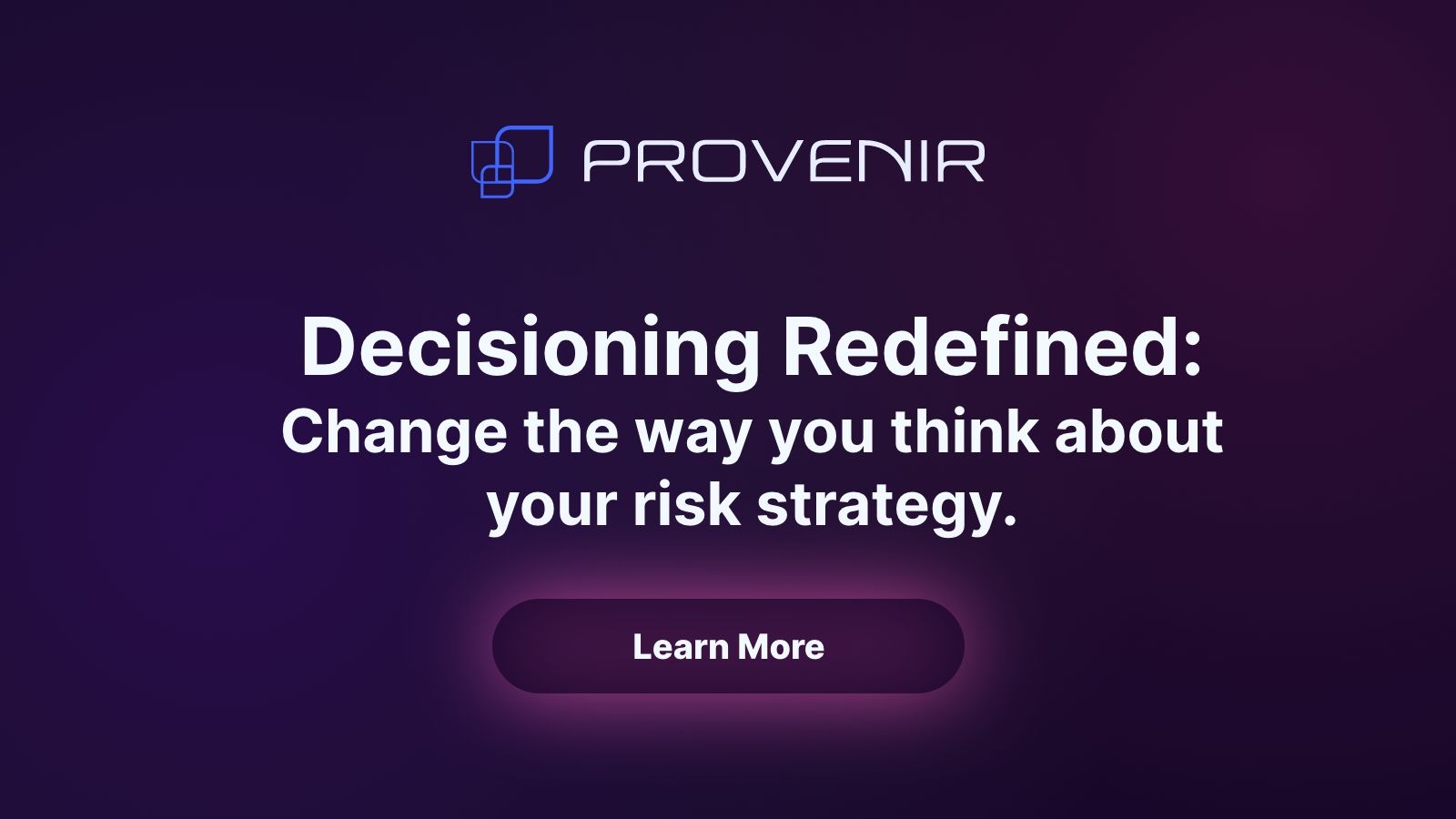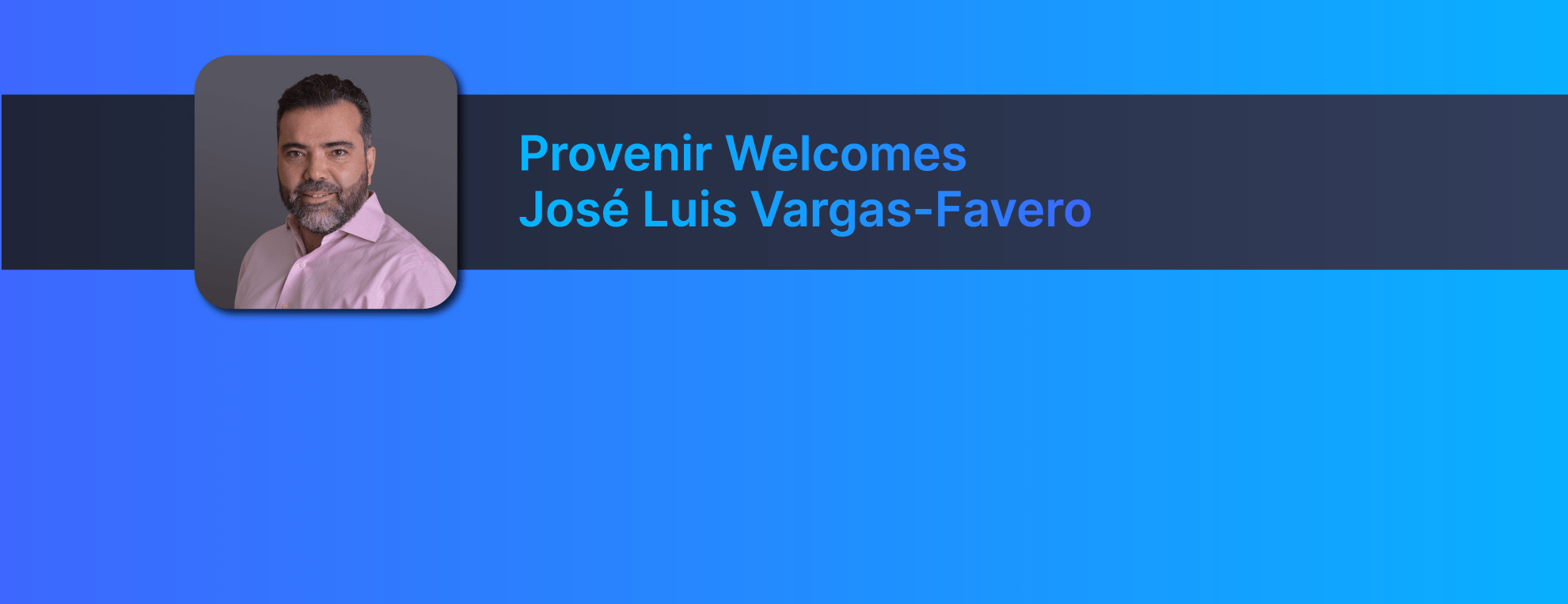The appointment reinforces Provenir’s commitment to support financial institutions in simplifying their risk decisioning and driving innovative products to market faster
PARSIPPANY, NJ–Sept. 1, 2021 – Provenir, a global leader in data analytics software and risk decisioning, has appointed José Luis Vargas-Favero as its new executive vice president and general manager for Latin America. In his new role, Vargas-Favero will be responsible for leading Provenir’s ambitious expansion plans to triple its footprint in the region by the end of 2021.
Vargas-Favero brings more than 25 years of financial services experience in management, sales, business development, consulting, data analytics, decision management technology, digital transformation and risk management to Provenir. Prior to joining Provenir, he held several global senior leadership roles at FICO.
“José’s deep industry knowledge and global experience will be invaluable as we seek to become the leading trusted risk decisioning partner across Latin America,” said Larry Smith, founder and CEO of Provenir. “We see tremendous opportunity to help financial institutions in the region provide a superior and more inclusive customer experience by providing them with access to alternative types of data to assess risk and make smarter decisions.”
Latin America is producing a large and rapidly growing number of innovative and disruptive fintechs, which are raising record amounts of investment as they seize the opportunity to provide a superior and more responsive customer experience to a region with a population of more than 650 million and a combined economy of over 5 trillion USD. According to estimates, more than 70% of adults in the region have a smartphone yet only 30% have a banking relationship. Under Vargas-Favero’s leadership, Provenir will enhance its ability to support financial and non-financial institutions in providing better credit options to this unbanked population through alternative data powered technology.
“I am honored to join a company that shares my passion for using data, analytics and decisioning technology to improve the financial services landscape for all, and to contribute to eliminating financial exclusion for the vast population of underserved and unbanked individuals in the region,” said Vargas-Favero. “Provenir has distinguished itself as a global leader in risk decisioning processes with its amazing cloud-native technology, and I am excited to join at this pivotal time to help accelerate the company’s existing growth trajectory.”
The company is actively recruiting talent to expand the team in the region and is establishing alliances with local data partners to continue developing the Provenir Marketplace and better service the region.
Connect with Jose on Linkedin!







